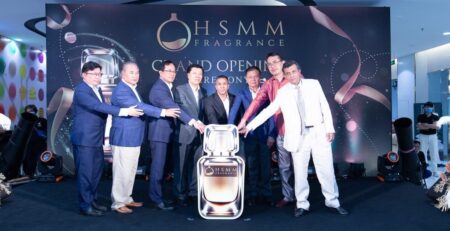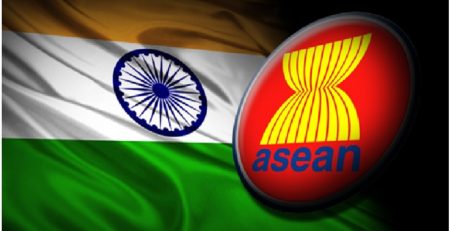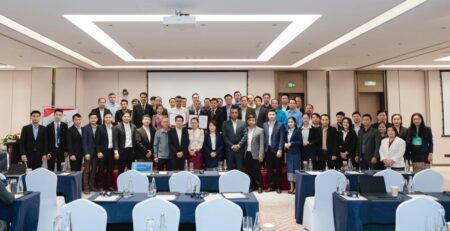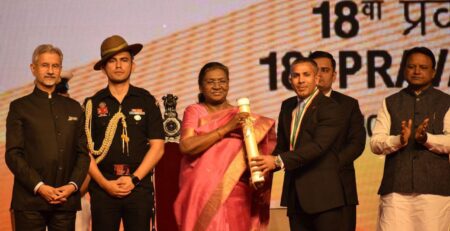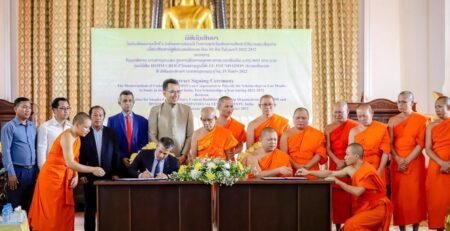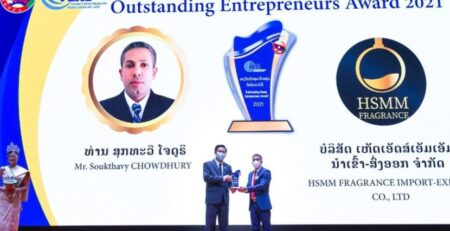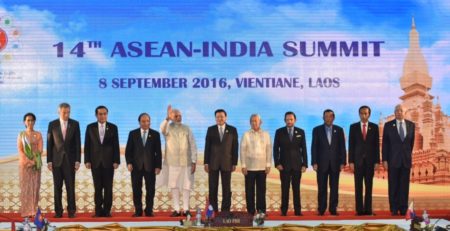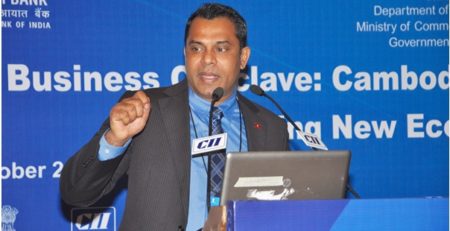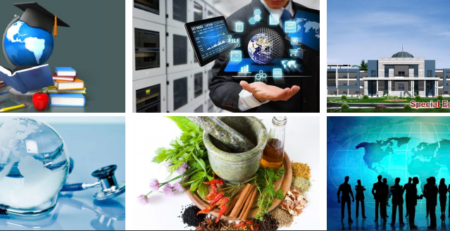North East India and South East Asia: An amalgamation of culture and heritage
The South East Asian countries have so much in common with the Northeastern part of India. Though separate as nations and region, the Southeast Asian countries and Northeastern region of India bond over the similarities they share with one another in terms of culture and heritage. It is fascinating to witness the unique cultural practices of one community being replicated and performed by people in a different country altogether. Such connections naturally play to bring communities and countries together.
Festivities are a great source of happiness and a celebration of belonging to a community. The festivals of Rongali or Bohag Bihu in Assam, Pi Mai in Lao PDR, Songkran in Thailand and Sangken in Arunachal Pradesh are threaded together by being rooted in same cultural and traditional practices. This sameness creates feeling of oneness with one another and is a vector for forging stronger ties between the two regions.
The New Year festival is celebrated in Lao PDR, Thailand, Arunachal Pradesh and Assam around the same time in the month of April and holds significant similarity with one another.
Pi Mai Celebration, Lao PDR
Pi Mai Lao is the Laotian New Year celebrated around the same time as Bihu in Assam, Songkran in Thailand and Sangken in Arunachal Pradesh. The Pi Mai Lao celebration has become synonymous of Lao identity. The celebration attracts much fanfare with traditional throwing of water on each other, parades and dances and singing songs. The ritualistic cleansing of statue and images of Buddha is also done. Devotees collect water falling off from the statues and images and pour on one another as an act of ridding them from past sins.
Sangken Celebration, Arunachal Pradesh, India
Similarly in Arunachal Pradesh, Sangken festival is celebrated with fervor and zeal in the Tai Khamptis, Singphoos and Tangsas (Tikhaks) inhabited districts. It marks the advent of the New Year. This three day festival is also celebrated with people throwing water at each other. Though it is celebrated all over the Tai Khamptis, Singphoos and Tangsas (Tikhaks) inhabited districts with great enthusiasm, it is in The Land of the Golden Pagoda Namsai and Chongkham, Empong, Phaneng and Karoni (Assam) that these communities hold the very important ritual of bathing the Buddha and people from all over come to witness this event. The pouring of water is symbolic of the cleansing of the spirit, mind and body.
Songkran Celebration, Thailand
Synonymous to these festivals, the Songkran is celebrated in Thailand. Visiting local temples and offering food to the Buddhist monks is commonly practiced. Water pouring on Buddha statues is considered an iconic ritual of this festival. It is a festival of unity and so people who have moved away usually return home during the holiday to their loved ones and elders. As a way to show respect, younger people often practice water pouring over the palms of elders’ hands. Paying reverence to ancestors is also an important part of Songkran tradition. The word “Songkran” comes from the Sanskrit word sakranti literally “astrological passage”, meaning transformation or change.
Rongali Bihu Celebration, Assam, India
In the same note Rongali Bihu is celebrated in Assam with the same zest. It is a joyful festival celebrating the New Year and start of spring harvest. Dancing, singing, visiting relatives and receiving blessings from elderly are some popular activities during Bihu festival. Offering of white-red cotton scarves (called gamosa), betal leaves and areca nuts on tray is made to the senior relatives or respected elders to receive their blessings.
These festivals offer a unique standpoint for both the region to assimilate and form a stronger association basing on the common cultural practices and legacy.
Tourism opportunities can be exploited during the festival times. Themed based tourism plans can be mapped out where people could plan to celebrate the festivities in the other’s land with the same fervor as they do back home. It can also be highlighted that the language of the Tai people living in parts of Arunachal Pradesh and Assam has some similarities with the language spoken in Thailand and Lao PDR as they all are a branch of Tai-Kadai language family. With both business and political leaders of the region looking to open this corridor of opportunity, it is now time that the region become an amalgamation pot of culture, business and tourism.
We should capitalize on our cultural, languages and ethnic similarities between Northeast India and Southeast Asian countries to create a flourishing and synergistic tourist and trade economy between the two regions.
#NortheastIndia #SoutheastAsia #Culture #RongaliBihu #PiMaiLao #Sangken #Songkran #HSMMGroup #Tourism #ACTEASTPOLICY #ASEAN










